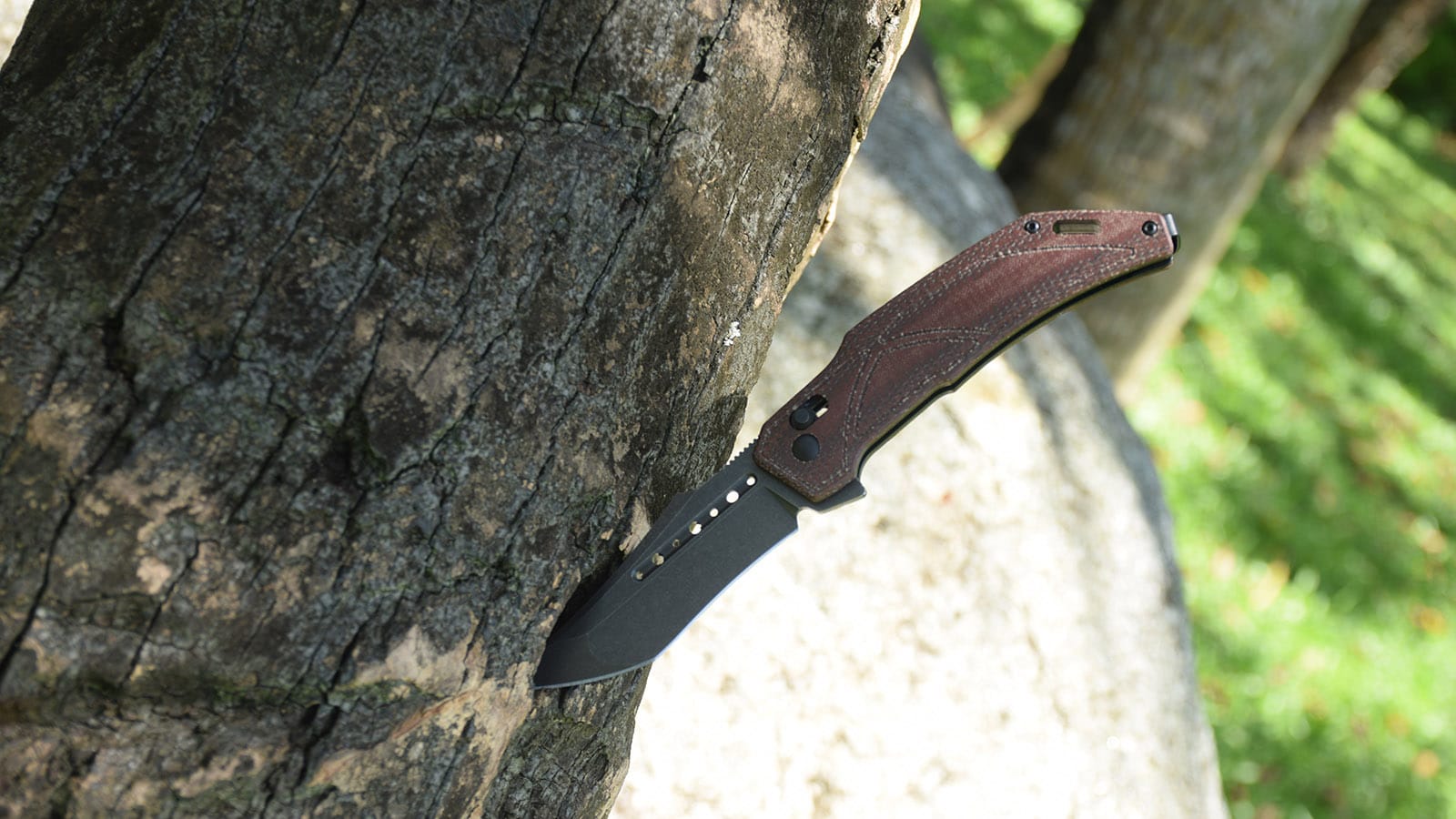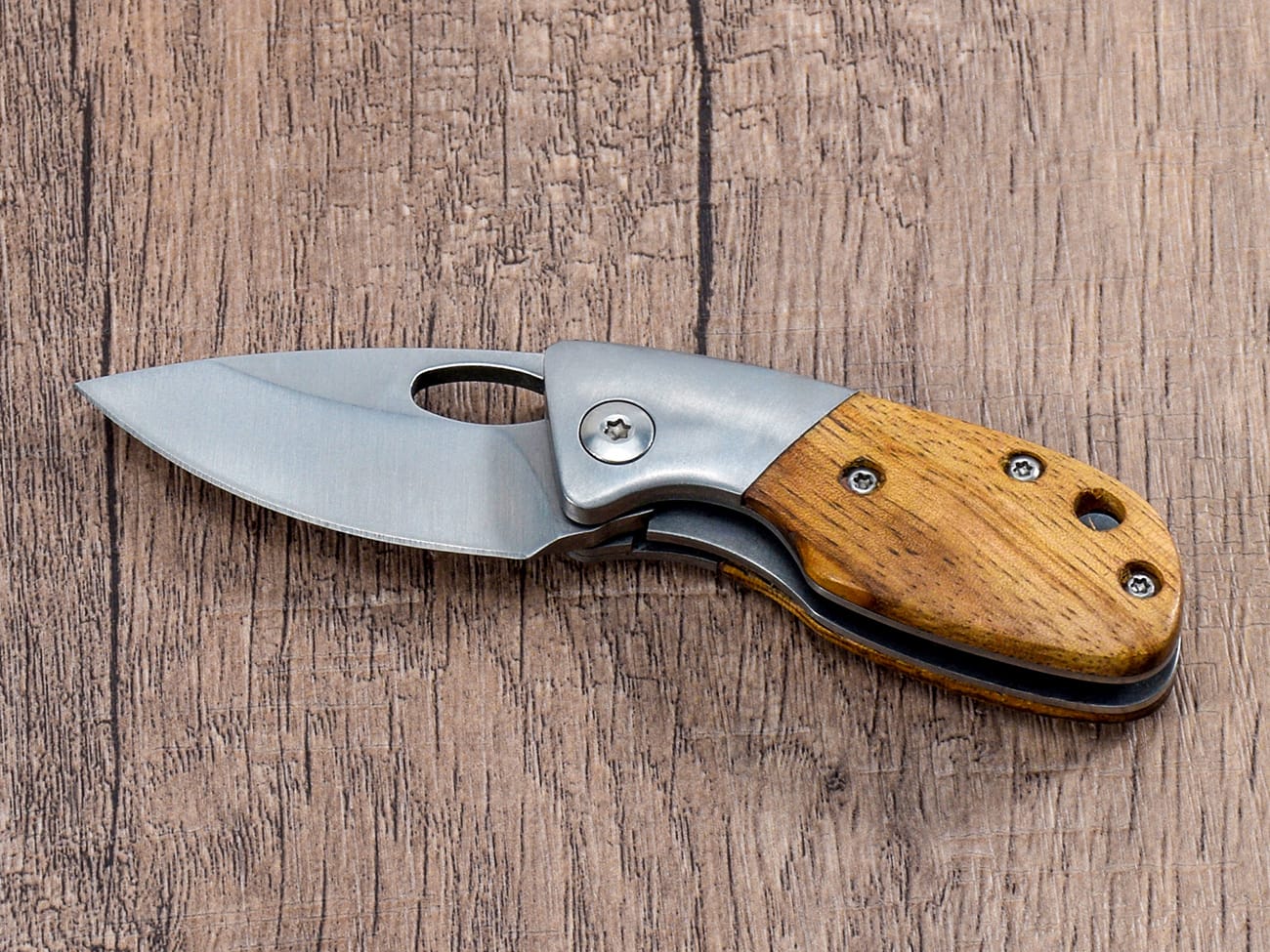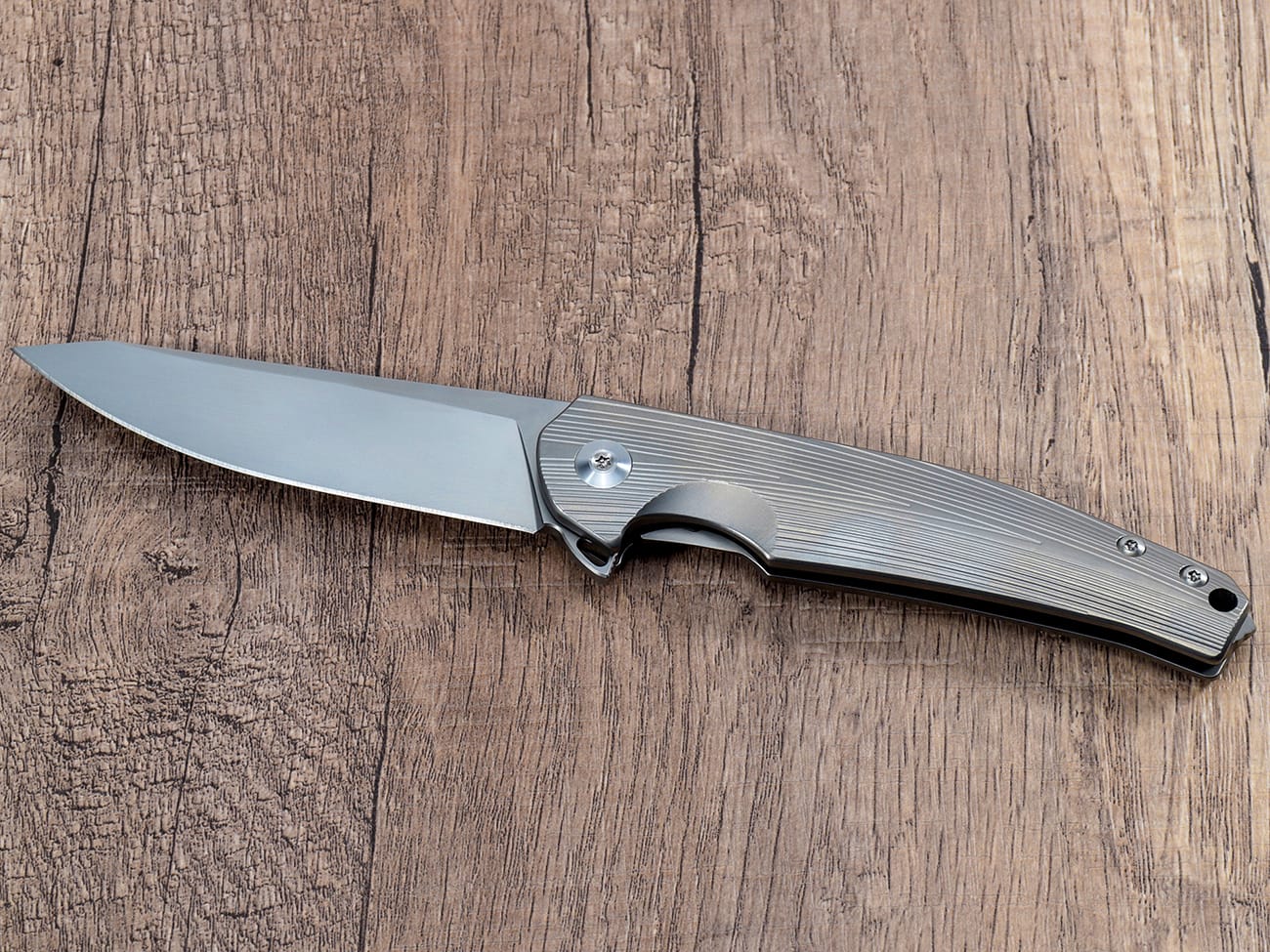A sharp pocket knife is a reliable pocket knife. Whether you’re an EDC enthusiast or occasional user, knowing when and how to sharpen your blade is crucial for maintaining its performance and safety. This comprehensive guide will walk you through everything you need to know about pocket knife sharpening frequency, techniques, and best practices.
Why Does Your Pocket Knife Need Regular Sharpening?
Every pocket knife, regardless of quality or steel type, will eventually get dull through regular use. Custom pocket knives require consistent maintenance to maintain their cutting performance. The frequency of sharpening depends on several factors, including usage patterns and blade steel quality.Regular sharpening not only maintains the knife’s effectiveness but also enhances safety, as dull blades require more force and can lead to accidents.
How Often Should You Actually Sharpen Your EDC Knife?
The frequency of sharpening depends on how often you use your knife and what you use it for. EDC knives typically need sharpening every 2-4 months with regular use. However, heavy users might need to sharpen their knives monthly, while occasional users might go 6 months between sharpenings.

Damascus Steel Pocket Knife with G10 Handle and Pocket Clip
Signs That It’s Time to Sharpen Your Knife
Your knife will tell you when it needs sharpening through various indicators:
- Difficulty cutting through paper
- Crushing rather than slicing tomatoes
- Increased pressure needed for routine tasks
- Visible blade damage or rolling
- Loss of that “razor sharp” feeling
The Impact of Blade Steel on Sharpening Frequency
Damascus blade knives and different steel types require varying sharpening schedules:
- High-carbon steels: Need more frequent sharpening but are easier to sharpen
- Stainless steels: Hold an edge longer but can be more challenging to sharpen
- Premium steels: Require less frequent sharpening but might need special tools
Different Sharpening Methods and Their Effectiveness
Several methods exist for sharpening your pocket knife:
- Whetstones
- Ceramic sharpeners
- Diamond sharpening systems
- Guided sharpening systems
- Stropping
Each method has its pros and cons regarding ease of use, precision, and cost.
Proper Sharpening Angle: A Critical Factor
Maintaining the correct sharpening angle is crucial for optimal results:
- Most pocket knives: 20-degree angle per side
- EDC knives: 15-20 degrees per side
- Utility knives: 22-25 degrees per side
Common Sharpening Mistakes to Avoid
Be aware of these common errors:
- Using incorrect angles
- Applying too much pressure
- Skipping grits
- Neglecting to strop
- Over-sharpening
The Role of Honing in Knife Maintenance
Honing helps maintain edge alignment between sharpenings:
- Use a honing steel weekly
- Perform light stropping before each use
- Maintain proper technique for best results
When to Seek Professional Sharpening
Sometimes professional sharpening is the best option:
- Severely damaged blades
- Expensive knives
- Complex blade geometries
- Lack of proper tools or experience
Preventive Maintenance to Reduce Sharpening Frequency
Proper care extends time between sharpenings:
- Use appropriate cutting surfaces
- Clean after each use
- Store properly
- Avoid abuse
- Regular honing
Key Points to Remember:
- Check knife sharpness regularly
- Maintain consistent sharpening angles
- Use appropriate sharpening tools
- Practice preventive maintenance
- Don’t wait until the knife is completely dull
- Consider the blade steel type
- Keep sharpening tools clean and well-maintained
By following these guidelines and maintaining a regular sharpening schedule, your pocket knife will remain a reliable tool for years to come.




